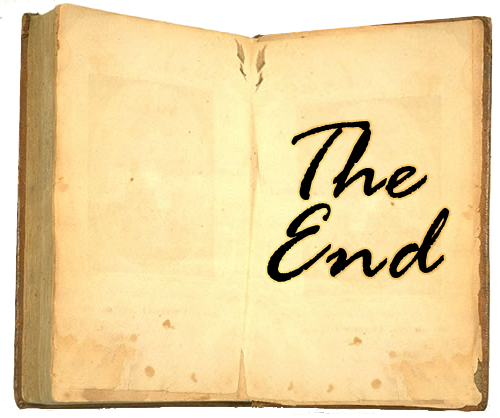 |
| Hain, John "Conflict, Disagreement, Discussion" 10/29/2014 via pixabay. CC0 Public Domain License. |
Causal Argument
Evaluative Argument
Another possibility for my argument would be the Evaluative Argument. Though it's not what I originally planned, I can definitely see using this type of argument to evaluate the general effectiveness of circumcision in today's society while drawing on its religious history. The reason I am not entirely sold on this argument is because I can't think of a "single policy" that I would be arguing in favor for.
Others
I don't see the other types of arguments working for my purposes. I do not favor either side of the circumcision debate, I simply favor the medical implications. As such, I don't think I could adequately make a Position Argument and Proposal Argument.
Below are links to the two classmates' blogs I reflected on:
Kelly's -- My Rhetorical Action Plan & Considering Types
Nick's -- My Rhetorical Action Plan & Considering Types
I thought it was very interesting seeing which types/methods Kelly and Nick were considering. In Nick's blog, he seemed to be very well-equipped with any of the methods. This was very different from my topic, as I found the only true fit was in the causal argument. Kelly's blog was very similar to this, she had many possible routes, though seemed confident in one in particular. I would like to see if I can mold my argument into a few more of the argument types. Though I prefer causal and still think it will work best for my Project 3, I would like to explore the other available options.
As a general note, I also found the various ways in which we were applying our arguments to Project 3 interesting. Kelly and Nick seem very confident in their topics, whereas I shifted to a different aspect of my topic from what I discussed in Project 1 and 2. I will be interested to read all of our final products.
Reflection
Kelly's -- My Rhetorical Action Plan & Considering Types
Nick's -- My Rhetorical Action Plan & Considering Types
I thought it was very interesting seeing which types/methods Kelly and Nick were considering. In Nick's blog, he seemed to be very well-equipped with any of the methods. This was very different from my topic, as I found the only true fit was in the causal argument. Kelly's blog was very similar to this, she had many possible routes, though seemed confident in one in particular. I would like to see if I can mold my argument into a few more of the argument types. Though I prefer causal and still think it will work best for my Project 3, I would like to explore the other available options.
As a general note, I also found the various ways in which we were applying our arguments to Project 3 interesting. Kelly and Nick seem very confident in their topics, whereas I shifted to a different aspect of my topic from what I discussed in Project 1 and 2. I will be interested to read all of our final products.

























